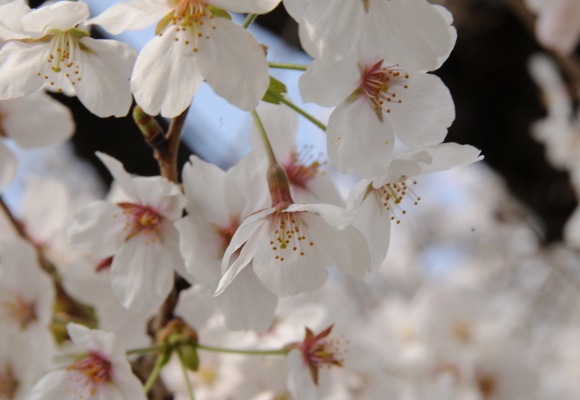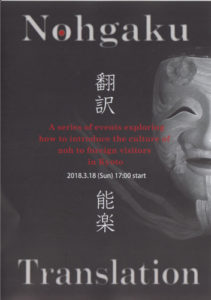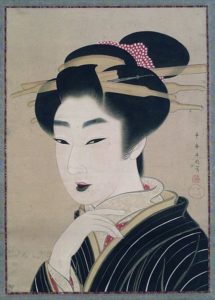Overcoming the barriers between cultures is extremely difficult. Often, both sides operate from a basis of implicit cultural expectations that are completely incomprehensible to the other side. When this happens combined with a language barrier, then it’s possible that all hell breaks loose – or at least, that people end up extremely disappointed.
A Japanese friend of mine likes to date foreigners. She says she’s not like the typical Japanese girl, and she doesn’t want a typical Japanese guy either. She thinks that foreigners are more open to non-traditional roles in a relationship, which is something important to her. Recently, she has started dating a man from the middle east, and we got to talk about the interesting problems she’s facing:
First of all, there’s the language barrier. None of them speaks the other’s language, so they meet in the middle and speak English with each other. In such a case, of course, mistakes happen. You use one word that you think means something, but your partner understands something else. Or, you both understand the word in general, but in this particular context you should have used another one.
For example, the other day, my friend asked her boyfriend whether he was “taking their relationship seriously”, and now she’s worried because he doesn’t text her as much as usual. I had to explain to her that he probably understood she wanted to “get married and have babies soon”, and that his reaction was quite normal for a guy after such a short relationship. She explained what she meant with her question and I suggested the word “exclusive” instead.
Things like this happen all the time, so that’s no big deal, and probably something to laugh about later. The second, bigger issue to overcome, however, is the culture clash between two people. Different cultures have different expectations or even rules for how to do things and what is “normal”. Even if doing essentially the same things, doing them at different speeds may lead to total bewilderment on both sides.
For example, I once read research about American GIs dating British girls after WWII. Interestingly, the British girls found the Americans too pushy and fast, whereas in turn, the American boys thought the British to loose with their morals. What had happened? Obviously, there was no language barrier, so something else must have turned both sides off. The solution was: different cultural expectations of dating, in particular: of kissing. Apparently, the first kiss happens quite early in an American relationship, while in Britain, the first kiss between a couple was at a stage much closer to sex. So, while the girls thought their Americans were too pushy with the first kiss, the boys were nonplussed why they were allowed to storm the castle so quickly… Funny, isn’t it?
Anyway, back to my friend who has another type of cultural problem: Compliments. Her boyfriend has a nickname for her, says things like “you are my moon” etc., and pays all their expenses together. She find this odd, almost uncomfortable, and doesn’t know how to react. According to her, Japanese guys don’t do that at all. I explained that Arabic is a quite flowery language, and that she should just lean back and enjoy the attention. And possibly read some Persian or Arabic love poetry (or 1001 Nights) to get in the right frame of mind.
In return, she makes him compliments like “you are so handsome”, which are greatly appreciated and apparently expected by Japanese guys, but make her boyfriend rather uncomfortable. She says in Japan, girls are supposed to make boys compliments because the man has the higher ranking in Japanese society, and any woman can call herself lucky to marry a good guy, so she needs to keep him happy – with compliments. I explained that in western society, the woman is the one to receive the compliments and that it is expected for men to raise the woman onto a pedestal, in particular when dating. And I suggested that she makes him compliments that are more focused on inner values like “you are so smart”, because western men seem to prefer those.
So, all in all it’s very interesting how different languages and different cultures make any relationship, let’s say: “interesting”. A romantic relationship is even more complicated under these circumstances. In any case: I have learned something as well! Maybe I should go out and make my own experiences? 😉









